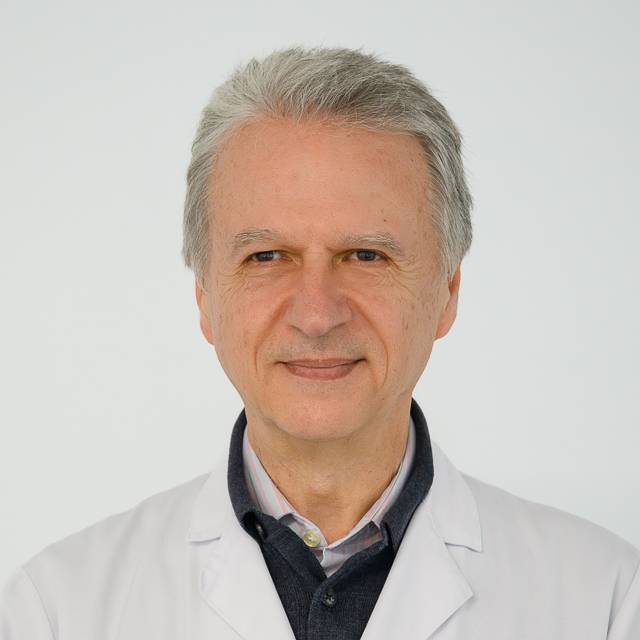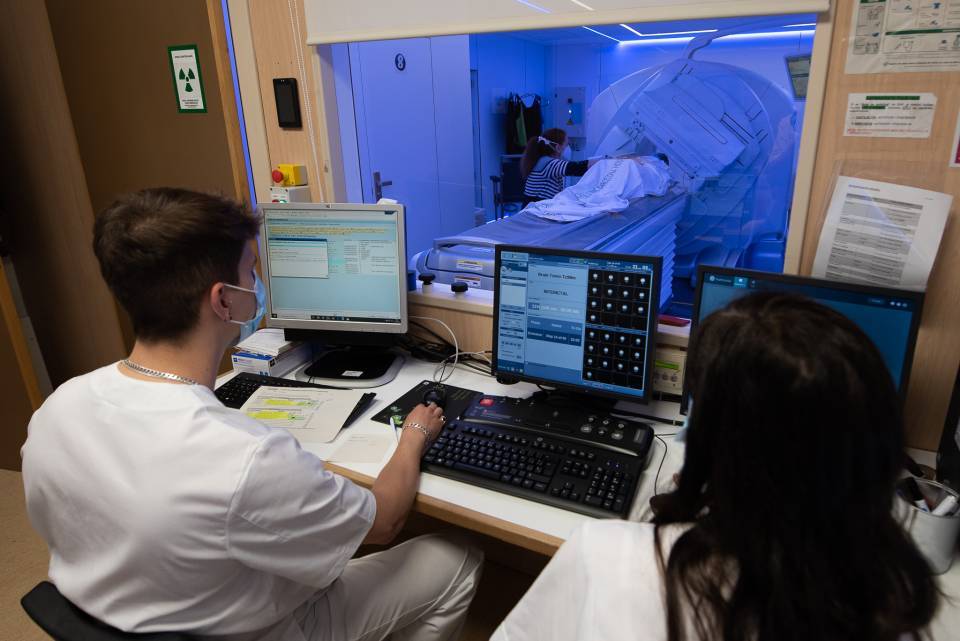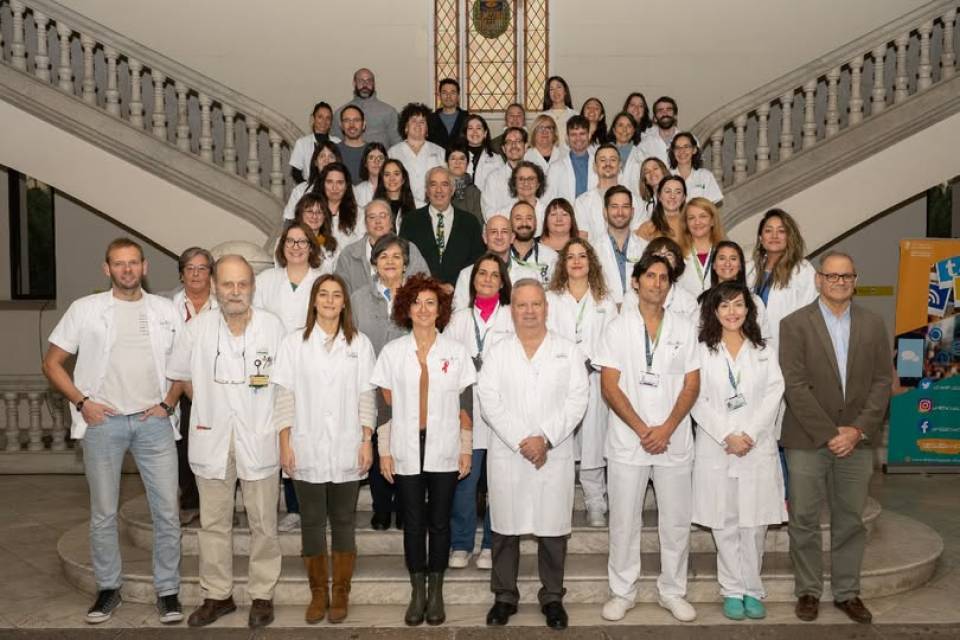This decrease in mortality has been due to a better understanding of the disease, improved general medical conditions (better environmental health, new drugs for hypertension, infections, osteoporosis and peptic ulcers, the development of intensive therapies, etc.), as well as the introduction of immunosuppressive and immunomodulatory drugs.
Improving the quality of life of patients with systemic lupus erythematosus
The challenge for the coming years is to improve the quality of life of patients with SLE (which is also limited in many cases by the side effects of these treatments) and further reducing mortality, given that it is currently still 3-4 times higher than expected in a population of similar age and gender. Therefore, in addition to the measures described above, new treatments, generically referred to as ‘biological therapies’, are being introduced. These target more specific molecules of the immune system and have fewer side effects, as do the so-called ‘CAR T-cell therapies’, which offer hope for a cure for the disease.
Biological therapies, anifrolumab and belimumab
B lymphocytes are crucial in the development of autoimmune diseases. Regulating their function with drugs that target them has proven effective in controlling these diseases. The first biological treatment approved for SLE was belimumab, a drug that targets a molecule that regulates the function of B lymphocytes.
Another molecule that also plays a key role in the development of SLE is interferon alpha. The second biological treatment approved for SLE was anifrolumab, which blocks the alpha interferon receptor and improves the symptoms of this disease.
Several dozen molecules that act on other molecules in the immune system are currently being investigated.
CAR-T ell therapies in Systemic Lupus Erythematosus?
The name of these treatments comes from the English acronym, Chimeric Antigen Receptor T-Cell, or T-cell therapy with chimeric receptors targeting specific antigens. It consists of extracting T lymphocytes from the patient, genetically modifying them and reinfusing these modified T lymphocytes back into the patient. In this way, the patient becomes his/her own donor. The first and main application of this treatment is in the field of cancer.
Evidence of the efficacy and safety of this therapy in SLE comes from a recent publication describing the evolution of the first eight patients treated. At 6 months, all eight patients met the criteria for remission of the disease. Long-term follow-up for up to 29 months showed that disease activity remained absent in all eight patients. It should be noted that all other treatments received by these patients were discontinued.
Although the results are spectacular, it should be borne in mind that the number of patients treated is small and the follow-up period is short. More experience is needed to confirm these data and, above all, to define the type of patient who may benefit from this treatment, also taking into account its high cost and the difficulties involved in administering it.
Other treatments being researched
Fortunately, many other drugs are currently being studied that act on various other elements of the immune response, such as dendritic cells, several cytokines, intracellular pathways, etc. It should be noted that a drug of this type, voclosporin, was recently approved for lupus nephritis.
It is reasonable to conclude that we are witnessing a highly promising era for improving the treatment of patients with SLE, in which we hope to achieve not only control of this disease, but also its cure.





